As some of you may know, I am doing scientific photography tests for about 30 years, including lens, film and sensor tests. And from time to time companies from the photo industry are asking me for totally independent, critical test results and double checks.
Over the years I've read quite a lot of nonesense here on photrio. The narrative that there has not been visible progress in lens design during the last decades definitely belongs to that. It has absolutely nothing to do with reality. Period.
So, just for those members here who are really interested in facts and useful info, and who so far have not used modern lenses by themselves:
I have today just made a very small, fast and simple comparison test for you: Old lens design from the early seventies compared to modern lens design from 2000 and 2015.
As some here assume that modern lenses are only useful with the best and highest resolving films (which is not true), I have used the
lowest resolving medium I have currently at hand: My "fat pixel lady"


, my 12 MP Nikon D3s.
In my standard resolution test with object contrast of 1:4 (two stops) and my standard test lens Zeiss Makro-Planar 2/50 ZF I get
at f5,6:
51-55 Lp/mm.
(Nyquist-limit of that sensor: 59 Lp/mm (without consideration of the AA-Filter which this camera has).
For comparison:
Classic grain ISO 400/27° films belong to the lowest resolving films we have on the market. For example in the same test under identical conditions I get 60-75 lp/mm with HP5+.
And with Provia 100F 120 - 135 lp/mm, so more than double compared to the D3s.
So if we see differences with the 12 MP D3s, we will definitely also see differences with the low resolving films.
The 12 MP D3s is definitely a medium which is levelling / evenening out differences, because of the relatively low resolution. If you see differences with it, these differences will be much, much bigger with a 24, 36, 45 MP camera and also much bigger on film.
I've done lots of direct comparisons with this camera, different lenses and film. And when I had relatively small differences between lenses with the D3s, these differences have been very significant and
much more visible on films like Provia 100F or Delta 100.
Therefore very important:
The differences you will see in the following photos shot with the D3s will be
much bigger and more pronounced on film (mainly because of the higher film resolution).
First comparison is between the old Nikkor AI 4.5/300mm - that lens was designed in the early seventies - and the Nikkor AF-S 4.0/300 D ED (introduced in 2000).
First four shots at a longer distance just out of one of my windows:
1) Nikkor AI 4,5/300 at open aperture f4.5
2) Nikkor AF-S 4.0/300 D ED at the same aperture f4.5
3) Nikkor AI 4,5/300 at open aperture f5.6
4) Nikkor AF-S 4.0/300 D ED at the same aperture f5.6
It is very clearly seen that the more modern AF-S Nikkor 4.0/300 D ED is significantly better at both apertures (higher contrast, better sharpness, better resolution).
The AF-S Nikkor 4/300 ED is even at f4.5 surpassing the older AI Nikkor stopped down to f5.6.
And I can ensure you that on colour reversal film (which I mainly use with these lenses) the difference is even much bigger.
More test shots coming in the following posts....stay tuned.





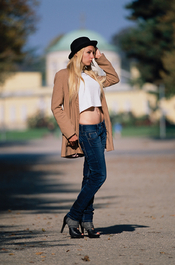
 ! Very interesting.
! Very interesting.

 , my 12 MP Nikon D3s.
, my 12 MP Nikon D3s.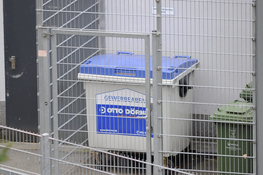
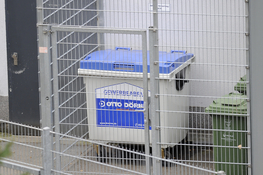
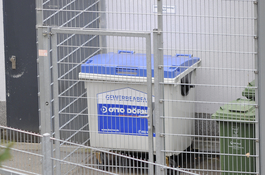
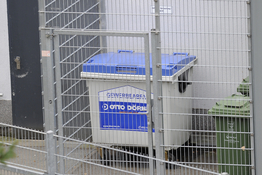
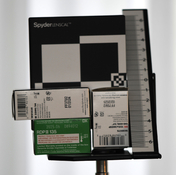
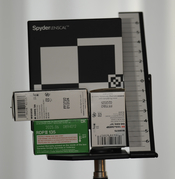


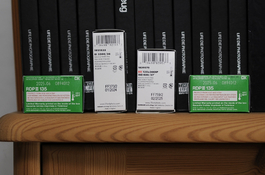

 .
.